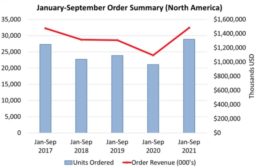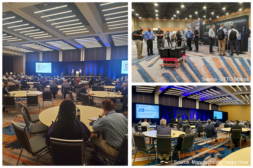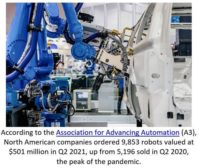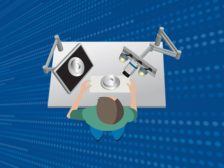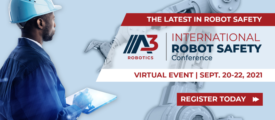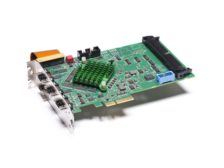Vision & Sensors
Quality Headline
Autonomous Mobile Robots & Logistics Conference Shatters Record
October 25, 2021
Management
Robots Get the Job Done
Mobile robots are an increasingly important part of modern manufacturing.
October 1, 2021
Quality 101
I Think I Need AI! What is AI?
For most manufacturers evaluating AI, their key concerns focus on the cost and complexity of design and deployment.
October 1, 2021
Quality Headline
International Robot Safety Conference Agenda Features Top Industry Experts on Latest Safety Standards, Techniques, Technologies
September 13, 2021
Vision & Sensors | Machine Vision 101
Camera Link Standard Continues to Evolve with Machine Vision Industry
Although more than two decades old, camera link shows no sign of slowing down.
September 1, 2021
Stay in the know with Quality’s comprehensive coverage of
the manufacturing and metrology industries.
eNewsletter | Website | eMagazine
JOIN TODAY!Copyright ©2025. All Rights Reserved BNP Media.
Design, CMS, Hosting & Web Development :: ePublishing

